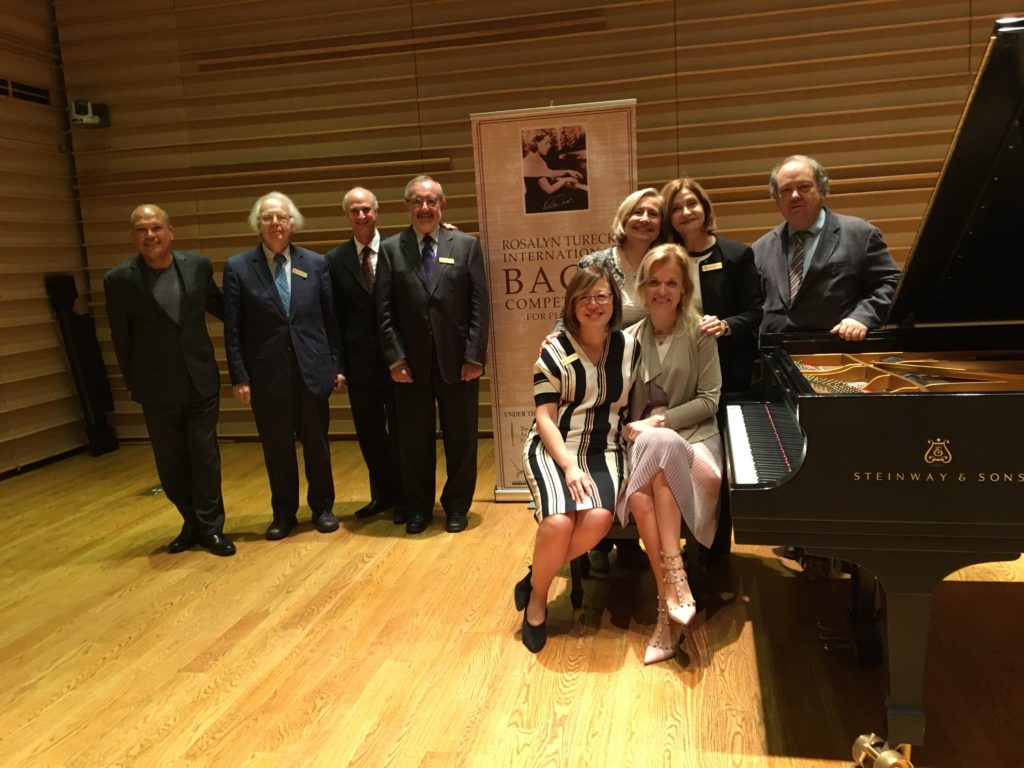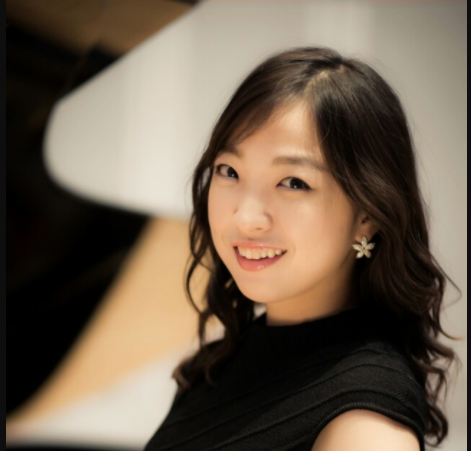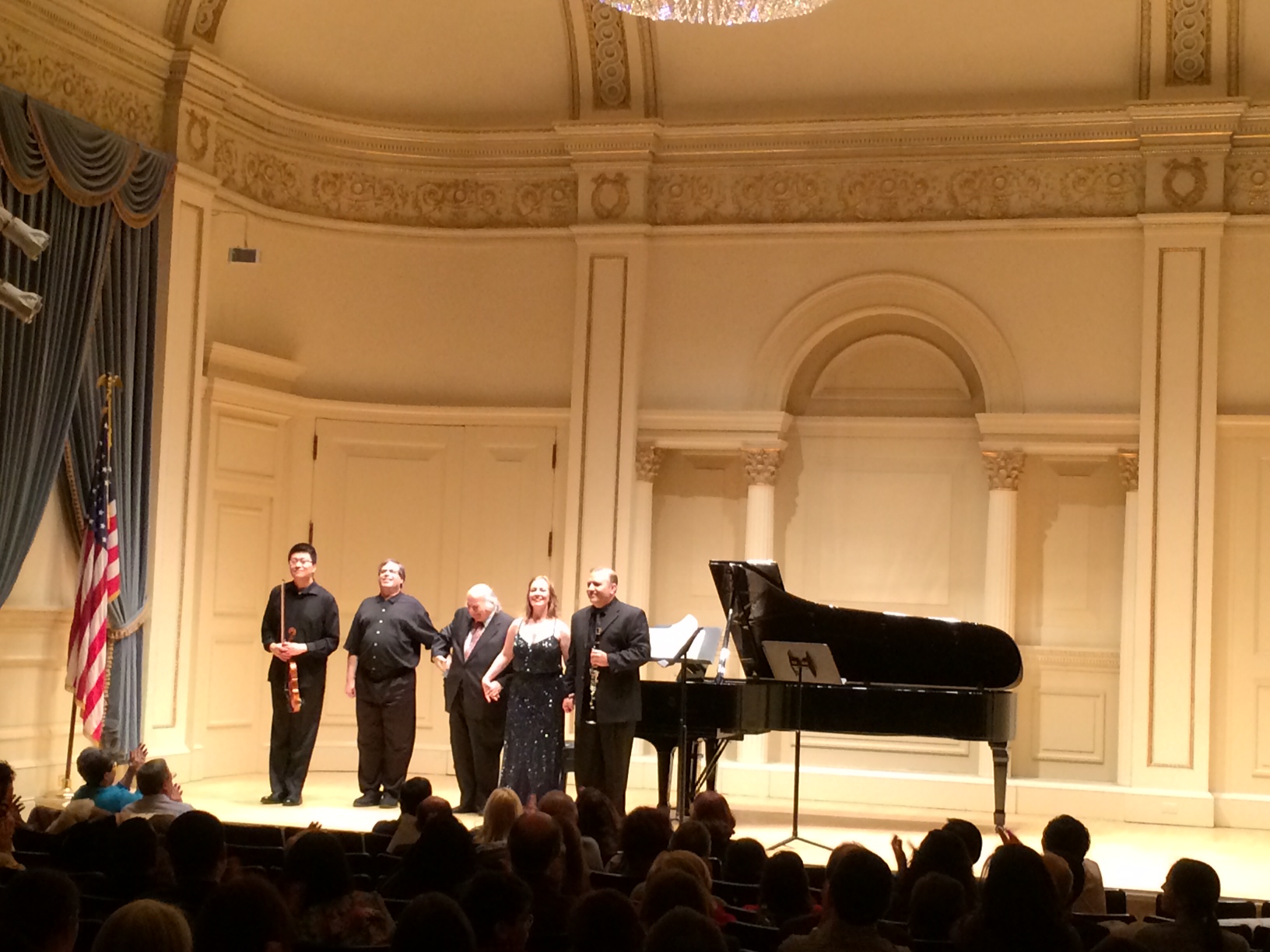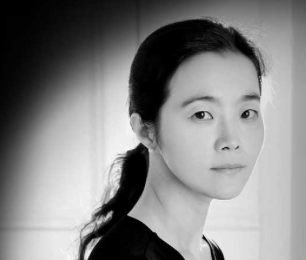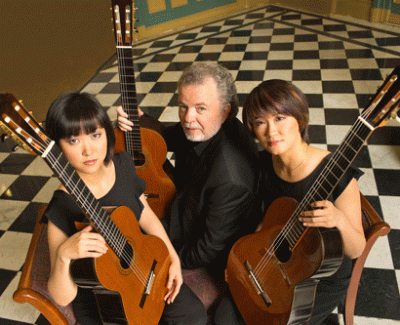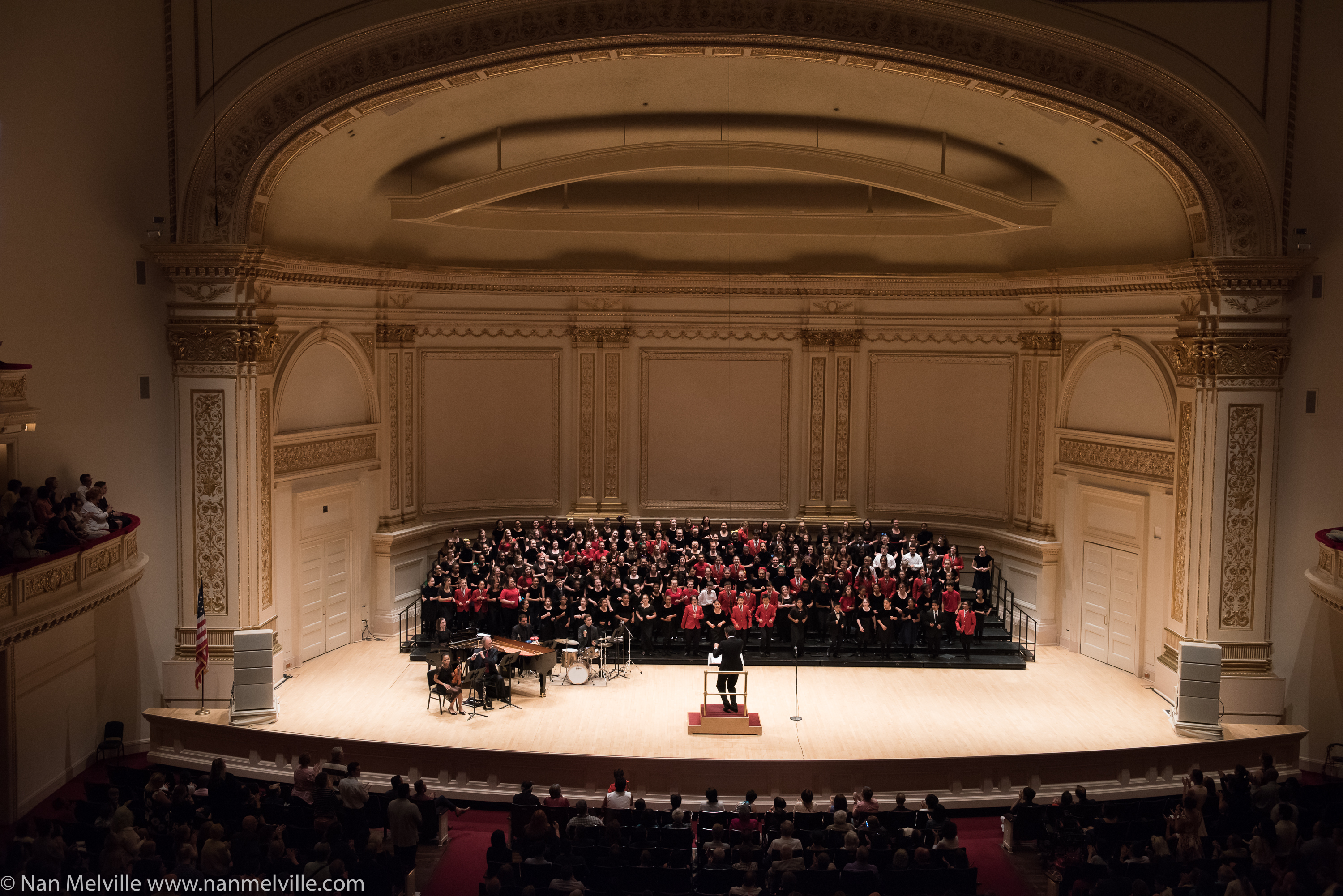Gala Winners Concert, The Fifth Tureck International Bach Competition for Young Pianists
Benzaquen Hall, Dimenna Center for Classical Music, New York, NY
October 8, 2017
It has been several times now that I have been assigned to review the Tureck International Bach Competition for Young Pianists, and, judging by what I heard this past weekend, the enterprise is thriving. Thanks to the efforts of Golda Vainberg-Tatz, who founded the competition to honor her mentor, the Bach interpreter Rosalyn Tureck (and with Ms. Tureck’s blessing before she passed away in 2003), the undertaking has become a biennial event, hosting a distinguished international jury, drawing outstanding international contestants, and attracting support by leaders in the piano world, including notably Evgeny Kissin and Olga Kern. Audition rounds and categories encompass virtually all of J.S. Bach’s keyboard repertoire, so it is really much more than simply a contest, amounting in effect to a four-day Bach festival. Moved this year from the Bruno Walter Auditorium (due to the Lincoln Center Film Festival) to a hall in the Dimenna Center, it seems destined for an ever-larger venue and wider audience.
Skimming through the booklet of biographies of the twenty-four semi-finalists who had performed in the days before (ranging from age eight to age twenty), this reviewer was already impressed, but little could match the humbling experience of hearing the seven young performing winners filling nearly two hours with music that was polished, spirited, and sometimes quite inspired. For a complete list of prizes for each winner, plus jurors and other contest information, the reader can visit the contest’s website at Tureck Bach Competition.
Starting the program was Andrew Gu, age eleven, playing the Two-part Invention in B minor, BWV 786 and Sinfonia (Three-part Invention) in B minor, BWV 801, by Bach. He played with a composure of a veteran performer, and it appears that his confidence has been well-earned. His playing was stylistically attentive, with admirably clear voicing and crisp articulations. As the competition pays homage as well to Rosalyn Tureck’s other specialty, contemporary music, we were treated to several modern pieces throughout the concert, and young Mr. Gu chose Five Bagatelles by Carl Vine. These miniatures reflected more overtly this youngster’s gifts, including remarkably fleet finger-work, ability to project contrasting styles, and a sensitivity to lyricism, particularly in the third Bagatelle. He made short work of the tenths in the left-hand part of the jazzy fourth Bagatelle – boding well for future encounters with the virtuoso Romantics!
Heroes of the day included the teachers of these impressive players (perhaps including master class teachers who will remain unsung heroes, due to sheer numbers) – but also parents and family, of course, for the many sacrifices they inevitably make to nurture such young talent. For Mr. Gu, teachers have included Helen Jung, Sasha Starcevich, and Corey McVicar.
Next up was Matthew Chang, age eight (and awarded in two repertoire categories), playing Bach’s Prelude and Fughetta in G major, BWV 902. What struck one about this young player was not just that he possessed command and polish in every regard (these being almost a “given” at such an event), but that he projected the life of each distinct phrase with a joyful and intense involvement. His rhythm was not merely solid, but also full of dance-like energy (with a bit of left hand conducting thrown in). While this sort of musicality is not something one thinks of as “taught” it was during his performance in particular that I flipped through the leaflet to learn the teacher’s name, Kuei-I Wu; after all, to take a child this far into polish and detail in a mere three years is an achievement, but enabling him to retain such seeming joy about it all while doing so is huge. Kudos to teacher and student alike!
Julia Yin Zhou, age nine, brought another contemporary voice to the mix with selections from Eight Memories in Watercolor by Tan Dun, a set popularized most prominently by the pianist Lang Lang. Ms. Zhou played Missing Moon, Staccato Beans, Blue Nun, Red Wilderness, and Sunrain. Her Missing Moon was beautifully evocative for one so young, and Staccato Beans became the perfect vehicle for her tremendous digital control and articulations. Her Sunrain lacked for nothing in brilliance, bringing a bravura close to her set. Brava! Her fetching stage presence will only enhance the rewards that she garners through her talent and dedication, and she should be well on her way to a bright future. One would have liked to hear her in some Bach though. She has been a student of Ronald Kmiec since 2014.

With Tony Yun- Evgeny Kissin Grand Prize Winner of Fifth TIBC and Maestro Michael Cherry. ( from the Tureck Bach Research Institute.)
Moving on to larger Bach works, we heard selections from the French Suite in G major, BWV 816 played by Kiron Atom Tellian, age fourteen from Vienna, Austria (and also awarded in two repertoire categories). A student of Alma Sauer at the “highly gifted” program of the University for Music and Dramatic Art, he pairs piano with studies in composition, perhaps a source of the heightened thoughtfulness in his playing. He was one of the day’s most interesting musicians, with an individual style that brought to mind some of the earlier Bach performances of Ivo Pogorelich. His Allemande, Courante and Sarabande all had an expressiveness one most associates with Romanticism (as many felt about Rosalyn Tureck’s playing), and he played with a judicious use of agogics, some receding dynamics at climaxes, and some staggering of left and right hands at poignant harmonic points and trills. His Gigue was by contrast quite metrically straightforward, but a delight in its extremely fast and even execution, without losing the slightest detail. One looks forward to hearing this young man play again.
Also remarkable was Matthew Stephen Figel, age twenty and doing undergraduate studies at the Eastman School of Music with Nelita True. Mr. Figel had the daunting task of playing excerpts from Bach’s monumental Goldberg Variations, BWV 988, as he was winner in that category. It was such a tease not to hear his whole set (of course, the concert would have run late by another hour), but one looks forward to hearing him play the full set one day. His tone and approach were entrancing from the outset, and his ornamentation on repeats, fascinating and beautiful. Boldness and strength characterized his first variation, while the sixth which followed showed admirable control of the canon’s voicing. The seventh was the perfect balance between the cerebral and the playful, with wonderfully rhythmic flourishes. The pensiveness of the thirteenth reflected one’s general sadness of hearing this work end too soon, but I was glad there was no return to the theme to mimic some sort of completeness. Though we’ve had some very memorable Goldberg Variations in our day, I was happy to be reminded that we have room for more. I look forward to Mr. Figel’s.
Rolando Antonio Alejandro, age 18, followed with Bach’s French Suite in C minor, BWV 813. Hailing from Puerto Rico, where he lists Teresa Acevedo as his first teacher, he is now at The Juilliard School. His performance was excellent, with an easy warmth and feeling of leisure overall. He is a “stop to smell the roses” kind of a player, willing to lavish a phrase with extra time to mark a thematic entry, to highlight an interesting hidden line, or to feature an implicit syncopation (in bass-lines especially). In an event honoring Bach’s keyboard music, Mr. Alejandro reminded us that Bach was also a master of music for strings, winds, and voice, and that there are many ways to phrase. Those who seek the metronomic precision that is so common in Bach keyboard playing may want more tautness or motoric drive, but those can grow quite tiresome. Vive la différence!
The final performer of the day was Canadian Tony Siqi Yun, age 16 and a student at the Juilliard School Pre-College Division. Mr. Yun shared with Mr. Alejandro the prize awarded to outstanding Juilliard competitors, as well as winning the Evgeny Kissin Grand Prize and Steinway Recital Award, plus the Contemporary Music Award. He opened with the Ballade for solo piano (2005) by Finnish composer Kaija Saariaho (b. 1952). His performance showed, among other virtues, an impressive analytical rigor in conquering a highly challenging work that is not part of the familiar mainstream repertoire yet. The sheer memorization was impressive. Beyond that, he showed that he is capable of projecting the many colors and moods of its kaleidoscopic changes and contrasts. He is a pianist of precocious power and polish, no doubt destined for many future successes. He closed the entire program with the Bach-Busoni Chaconne in D minor, which he handled with grandeur and pianism to spare, while reining in the excess inherent in the transcription. It was a feat particularly impressive for one so young.
It is among the most difficult performing situations musicians face to be presented as part of an array of other pianists, having to prepare for one’s performance mentally while hearing others play, and also knowing that other works may exhaust the listeners’ ears before one even sets foot on stage. Perhaps the program could have been pared down slightly, but it is understandable to want to maximize an opportunity that comes only every two years, after herculean amounts of work from everyone involved. In any case, Sunday’s performers handled the demands with mastery. Congratulations to all!


